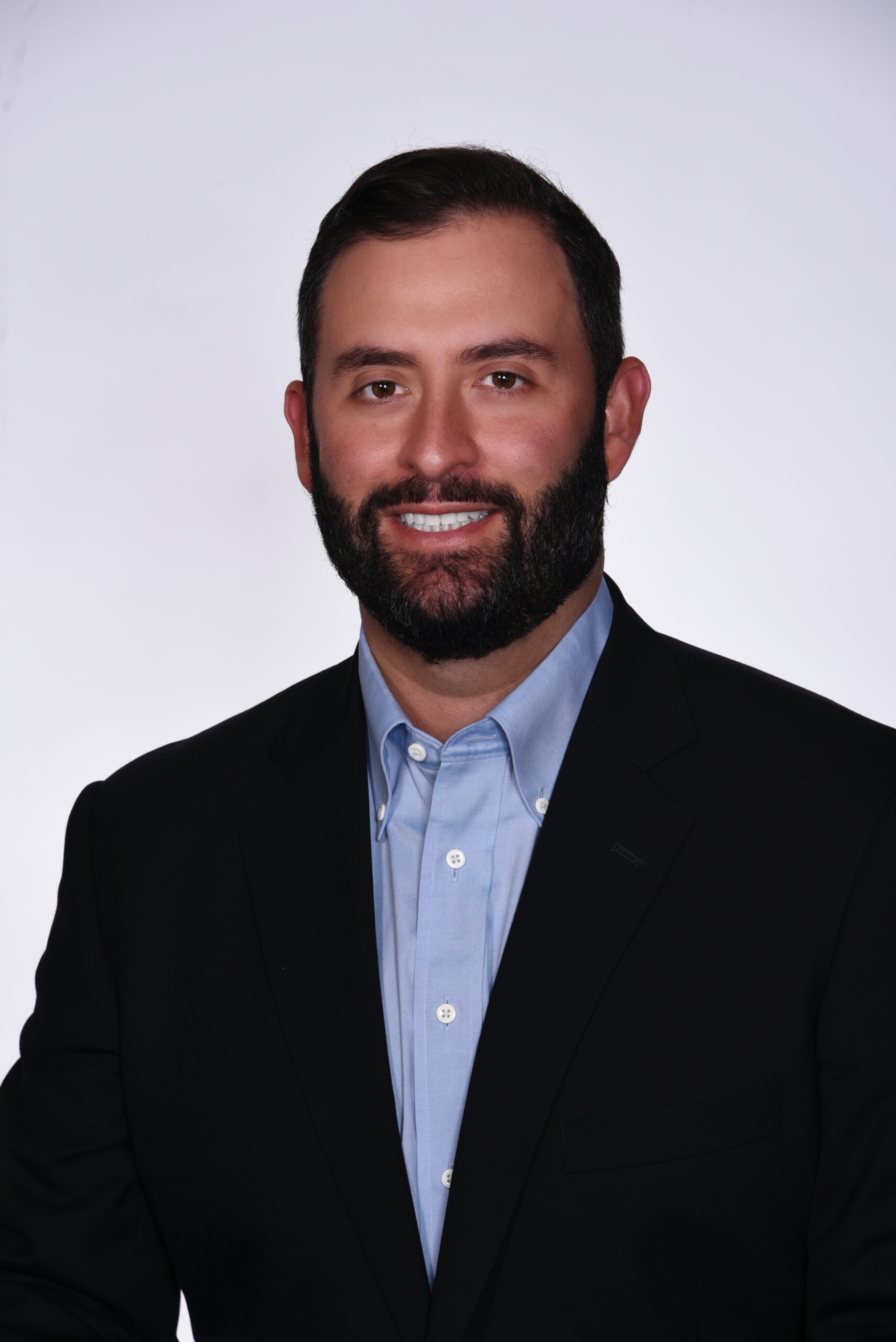DST vs QOZ- Delaware Statutory Trust vs Qualified Opportunity Zone Fund
Carl E. Sera, CMT
January 16, 2023
Every week we get calls from someone asking to invest in DSTs when in our opinion they would be better off investing in a QOZ instead. Please note, there are no hard and fast rules but once they research and understand the advantages and disadvantages of the two, we find they often choose the QOZ. Why? Because they realize it’s better for them.
So, since you are reading this, you should have 2 fundamental questions. The first question we always hear is basic, we hear, what’s in it for Sera Capital? People ask us if we make more money by recommending a QOZ instead of a DST? The second question they ask is do I fall into the category where a QOZ is probably better for me than a DST?
Let’s answer the first question and you will understand. What’s in it for Sera Capital is creating a win-win situation. Since the firm was founded, we’ve believed that providing the best fee-only, fiduciary advice benefits us and benefits our clients. What our clients find out is that 100% of the time that we suggest a QOZ instead of a DST, we make less money. So, it’s not a bait and switch maneuver on our part. It is meant to establish trust and a long-term relationship.
The second question asks, do I fall into the category where a QOZ is probably better for me than a DST. Let’s see the two typical profiles and how we at Sera Capital go about differentiating where you fit. As you read, remember Sera Capital specializes in Exit Planning and our Traditional DST, 721 DST and investment management practice surpasses our QOZ practice. Nevertheless, when you fit the profile, it’s the best thing for you.
Profile 1
Our typical Traditional or 721 DST client sells real estate and invests in their first DST at age 64 because they want to retire tax efficiently and are at a point in life where they want to move away from active management to passive management. They have had enough and want to cash in but want to defer their taxes as long as possible.
So, what should a firm like ours do when a 41-year-old calls us asking to invest in a DST? The answer is to do the best we can to discourage them from doing it. They don’t meet the profile and DSTs were not/are not designed for this type of person. But a QOZ might be perfect because
- They must only invest their capital gains which typically means they can free up capital immediately.
- They don’t have to use a qualified intermediary.
- They can wait 180 days from the sale date of their property before investing in the QOZ.
- They can defer taxes and depending on the QOZ avoid them completely.
- They have access to their money after 10 years and no longer need to keep their money allocated to real estate, which allows them to set up in many cases a more diversified portfolio.
- After 10 years, the initial investment comes back to the investor 100% tax free and 100% of the capital appreciation goes to the investor 100% tax free.
- The projected rates of return inherent in a QOZ are higher than in a DST because the QOZ must add value in the initial 10 years of their existence while DSTs are considered on the low end of the risk spectrum since they typically are fully leased, fully functioning properties with no construction or development risk.
Profile 2
What do you do when an affluent real estate investor looks at the returns they can achieve from a DST and wants more, and they want tax efficiency. Once again, the answer is a QOZ, though this profile is much rarer than our first profile. What we’ve learned from dealing with this type of investor is that they are seasoned real estate investors and that they end up mixing and matching. They end up avoiding traditional DSTs and end up purchasing 721 DSTs, QOZs and in many cases other real assets.
Profile 3
We often get a call from someone that is selling or has sold real estate. In our discussion we find out that the real estate is part of the business they also just sold. So, while technically they can’t invest in a DST with the part of the sale that isn’t real estate, they often can with the other part of the sale. They are often delighted to find out that a 20 million dollar sale that included $8 million of real estate and $12 million of other can avoid taxes completely if they so choose while still providing them with instant liquidity. How would this happen, you ask?
- The $8 million real estate piece utilizes the 1031 mechanism and invests in DSTs, either traditional or 721 or both, as well as perhaps in other real property.
- The $12 million piece has a $7 million dollar capital gain and they only need to invest their capital gain into a QOZ or a portfolio of QOZs and the remaining $5 million goes in their pocket tax free.
Categories
Strategize Your Success
